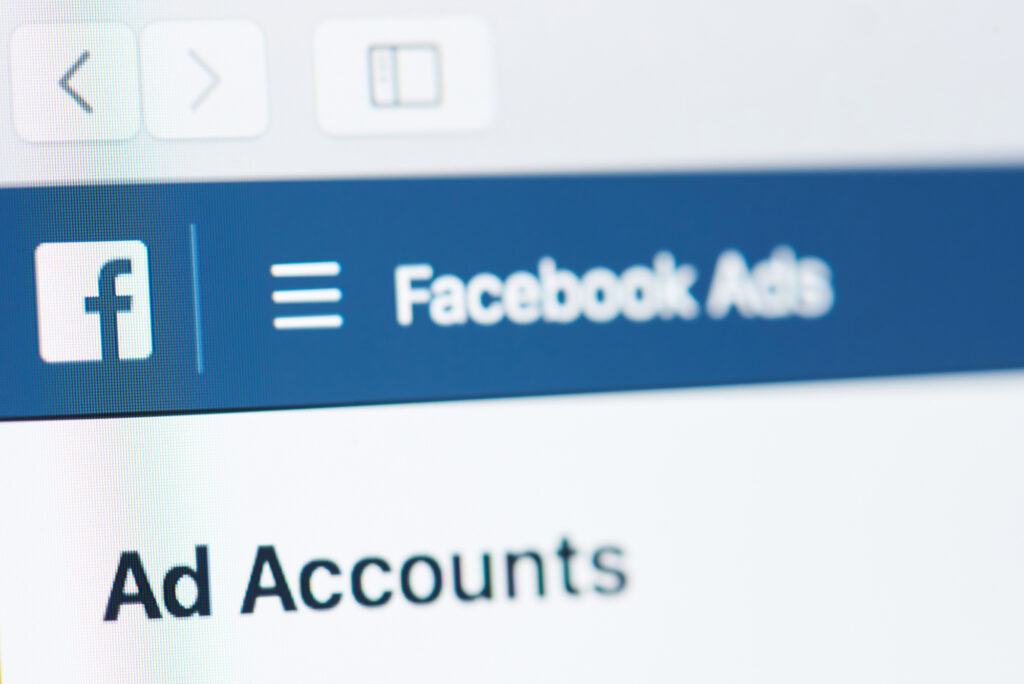Facebook advertising is a hot topic in Internet marketing.
Facebook is one of the most profitable ways for companies to reach new customers. It’s precise, calculated, and exact — and Facebook wants advertisers to do the same!

Facebook is the largest social network in the world with 1,000,000 active users. This makes it the largest ad network in the world.
Facebook has so many data points on so many people that it is one of the best places to connect with potential customers and grow your business.
You should be advertising on Facebook if you aren’t already. If you are just beginning to advertise on Facebook, this is everything you need.
Facebook Ad Objectives
Facebook has 10 objectives for your ads. They are all beneficial to your company’s social media presence and website.
These are the 10 objectives that you have the option of choosing:
- Clicks to go to the website
- Conversions of websites
- Page post engagement
- Likes on Page
- App installs
- App engagement
- Local awareness
- Responses to events
- All rights reserved
- Video views
This is a lot of options for one ad. They’re simple enough to use once your campaign goals are established. Each ad form has a name that reflects its purpose.
It is important to remember that app developers have an advantage in Facebook’s advertising model.
You can get more conversions by simply listing your app on Facebook with the objective of “App installs”.
This allows you to get your product in front of a potential customer without them ever visiting your site.
You can convert even if no one has heard of you before. That’s incredible.
Other ad goals have their place. While offer claims are great for promotion and videos can be used to increase long-term engagement. Page likes boost your Facebook presence, while page likes help you build your Facebook profile, and website conversions focus on getting people to convert to your site.
There are many other options available.
There are many ways to display your ads
There are many ways to display your ad in most objectives. These subtypes allow you to customize what you want and show so that you can engage users effectively.
Many objectives use the same ad types, but a few are different. You can use them all for your business promotion.

Subtype 1: Facebook links
Facebook link ads work in the same way as PPC ads but with photos. A few characters are all that you need for the headline, text, or link description. To grab users’ attention, you can add a large photo to the mix.
It works the same way as PPC ads (drives traffic to your website) and gives users an opportunity to visit your Facebook page or site for more information.
It’s a great standard advertisement to promote your business.
Subtype 2: Instagram links
Facebook purchased Instagram for $1 billion on April 9, 2012.
This means that Facebook now has all of Instagram’s users and a new advertising platform.
Instagram ads typically have one square image and a few sentences as descriptions. Surprisingly, Instagram ads can be longer than Facebook ads (300 characters vs. 145 characters).
Instagram ads are not available on Facebook, as they don’t appear on Instagram. Instagram is a mobile-only network. It has a desktop website but was created as a mobile application.
Subtype 3: Facebook carousel
Facebook’s carousel allows you to display multiple images in one ad.
It has the same layout and completion rates as slideshows. This means that you can pay Facebook to have multiple images of your company displayed in an ad, but the vast majority will not click beyond the first.
Subtype 4: Conversion links
Conversion links help you convert Facebook users to paying customers.
It’s up to you to decide if that means getting someone to visit your site or allowing them to convert directly via Facebook. This is a greater chance than ever since Facebook is currently testing the “Buy” feature. It has been in production for just over a year.
Conversion links, however, are primarily focused on your site for the moment.
Subtype 5: Photos
One of the most popular Facebook rights is photos. You likely have at least 12 photos on Facebook. However, they may not be used in advertising.
Facebook’s photo ads are a great way for your brand to be promoted with an engaging and eye-catching ad. Your company, product, or brand is displayed to the user. They can also like, comment or share your ad.
Images must not exceed 1200×900. The news feed images should have a ratio of 4:3 and the right column images should be 254×133. Images can only contain 20% text.
Your taglines should be concise. Your 90-character limit is your opportunity to call people to action or get them to interact with your ad.
Subtype 6: Text
Text-only ads can be a cost-effective and efficient way to reach customers on Facebook.
This means that you will have to compete against other photographers with large, striking photos.
Your ad will be placed on the right side of your target audience’s newsfeed, which is a great placement.
It all depends on your goals for your ad.
Subtype 7: Videos
Video ads can be a great way for users to stay engaged for a longer time.
They can see almost anything. This includes a tour of your facility, how your products are made, interviews with your staff, and promotional materials.
However, there is a problem. users don’t view videos on Facebook very much. They count a view only after someone has been watching the video for three seconds. Facebook videos have only a 3% engagement rate, even though this is an easily achievable metric.
According to a 2012 study, videos can increase engagement by up to 65% for certain brands.
It’s your decision whether or not you want to use video, but be aware that it may not work the way you would like.
Subtype 8: Page likes
Facebook page likes can be a great way to increase your following.
Although they don’t provide the same results as website conversion and traffic objectives, they can still be a great way to build your audience.
You can then market directly to this audience to get them to your site and buy from you.
Page likes are at the top of the sales funnel. But, you must start somewhere.
Subtype 9: Apps
The app-oriented ad types are the exact same as the other ad formats.
Text, images, and videos can all be displayed, but they are all oriented toward apps.
App subtypes have the biggest difference: users can now install apps directly through Facebook. This eliminates the need to create a website.
Placing your ad
You have four options for placing ads. However, not all ads can be placed in each location.

These are the locations:
- Mobile news feed
- Desktop news feed
- The right column of Facebook
Each location has different requirements regarding ad format. These locations can be great for reaching potential customers if they meet your social media marketing goals.
How to pay Facebook
These are the essential details you should know before you start a Facebook campaign.

Facebook’s ad system operates similarly to Google’s PPC — it’s an online auction.
The difference is that Facebook’s bidding process is automatically set up, so you won’t be able to personalize it as much as with a Google campaign.
You create an ad and set a budget. Then you can start advertising according to a plan.
Facebook then bids on your ad against other ads that target the same demographic.
Your budget limit is the only limit. You can also pause, change or terminate your campaign at any time.
However, this doesn’t give you the same control as Google Ads campaigns. If you are the type of person who wants to be in complete control of every aspect of your marketing strategy, Facebook may frustrate you.
It’s not ineffective, but it does mean you might not like it as much.